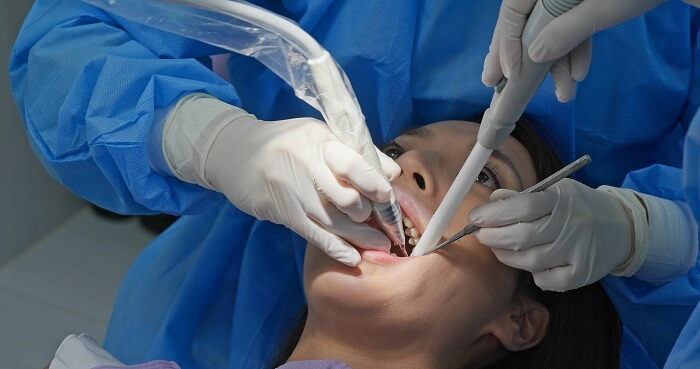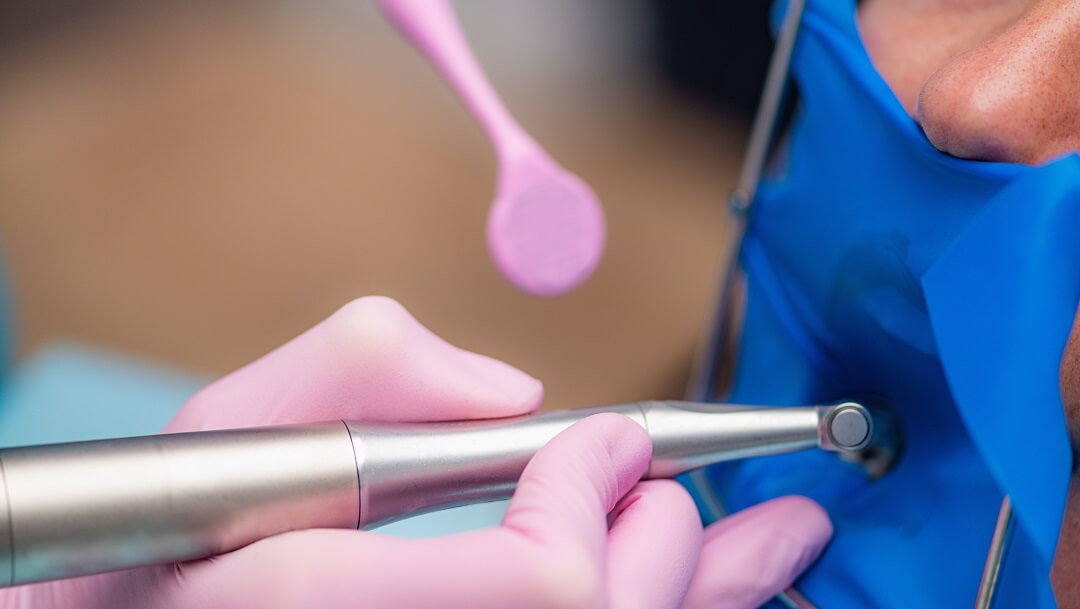If you suffer from tooth decay, you are not alone. According to the National Institute of Dental and Craniofacial Research, tooth decay is the most prevalent chronic disease in both adults and children. Since tooth decay builds up on your teeth, it can contribute to cavities. When left untreated, these cavities can lead to severe tooth damage, often resulting in root canals or tooth extraction. While the goal is always to save the tooth, oftentimes, the damage is too excessive. Here we explain root canals vs. tooth extraction and which treatment may be best for you.
Key Takeaways
- Root canal preserves natural tooth, eliminates infected pulp, and restores function.
- Risks of root canal include untreated canals, remaining bacteria, inadequate filling, and improper crown seal.
- Tooth extraction may be necessary if tooth decay has extensively damaged tooth structure.
- Risks of tooth extraction include bacterial infection, dry socket, shifting teeth, and rare nerve injury.
- Root canal is recommended when tooth structure is relatively healthy, while tooth extraction may be chosen for extensively damaged teeth.
Difference between a root canal and tooth extraction
When tooth decay is prevalent, or you are experiencing tooth pain, two of the most common treatment options are root canals or tooth extraction. When you are considering root canal vs. tooth extraction, you must understand what each treatment entails and what may be necessary to restore your oral health and function after the procedure.
Root canal
Tooth decay works to break down the enamel of the tooth. When left untreated, decay can penetrate the enamel, eventually reaching and infecting the tooth’s pulp. This inner portion of the tooth contains nerves and, when infected, leads to tooth pain. The goal of a root canal is to save the tooth’s outside structure while eliminating the infected inner portion. During a root canal, the dentist removes the infected pulp with specialized tools, fills in the canals of the tooth with a special composite material, and then covers the tooth with a dental crown. A root canal preserves the natural tooth and helps restore its function.
Risks of a root canal
Endodontic treatment with a root canal is an everyday procedure with a high success rate. In fact, a report from the European Journal of Dentistry shows a success rate between 86-98 percent. However, as with any medical or dental procedure, there is always the risk of complications, and root canals are no different. Potential root canal complications can include:
-
- Untreated canals – A root canal removes infected pulp from within the tooth. This pulp resides in small canals throughout the tooth. In some cases, these are difficult to find and navigate with the small tools the endodontist uses. If they miss it, the infection can spread, resulting in tooth pain and the need for an additional root canal procedure.
- Remaining bacteria – A root canal’s goal is to remove infected tissue and clean and sterilize the canals within the tooth. If bacteria remain in the canals, they can continue to spread and cause pain or abscess resulting in a repeat root canal.
- Inadequate filling – Once the infected tissue is removed, a composite filling is placed into the canals. Not enough filling or too much filling can cause a root canal failure.
- Improper crown seal – After the procedure, the crown helps strengthen the tooth and prevent bacteria from entering. A poor seal on the crown can allow bacteria in or cause the crown to fall off.
Tooth extraction
While any dental treatment goal is to save the tooth, sometimes there is too much damage and decay to make that possible. In this case, tooth extraction is your best option. The extraction itself involves anesthesia and the removal of the tooth from the jaw. While extraction may seem like a simple procedure, removing a tooth is not always as easy as it seems.
Risks of a tooth extraction
The idea of removing an infected tooth to prevent continued infection or infection of neighboring teeth may seem like a simple solution. However, the loss of a tooth opens you up to other potential complications. These complications can include:
- Bacterial infection – After tooth extraction, you are left with an open space in your mouth. Unfortunately, this opening can be a breeding ground for bacteria, leading to infection. If left untreated, this infection can spread to neighboring teeth.
- Dry socket – Also known as alveolar osteitis, this is a common complication with adult tooth extraction. After an extraction, a blood clot forms. This clot helps to protect your jawbone and nerves from the air, food particles, and bacteria. If this clot dislodges prematurely, you experience a dry socket. Symptoms can include severe pain in the extraction location, as well as the ears or throat. You may also experience an unpleasant taste and odor. Following post-extraction instructions can help to minimize your risk of a dry socket.
- Shifting teeth – Your teeth work together to support each other. When you lose a tooth to extraction, the open space increases the risk of shifting or weakening the surrounding teeth. Your dentist may suggest a bridge or dental implant to fill in the open space to avoid this complication.
- Nerve injury – Though rare, nerve injuries can occur with a tooth extraction. This can result in numbness or tingling around the gums and the tongue, as well as the chin and lower lip, depending on where the tooth extraction occurred.

When to choose a root canal?
When you have a tooth damaged by decay, your dentist will talk with you about possible treatment options. In general, the goal is always to save the natural tooth when possible. If the tooth structure is relatively healthy, your dentist will likely recommend a root canal procedure to remove the infection, eliminate your pain, and save your tooth.
When to choose tooth extraction?
If left untreated, tooth decay can cause significant damage to the pulp of the tooth and can damage the tooth’s structure. If this is extensive enough, saving it may not be an option. If root canal treatment will not be enough to save a tooth’s function, an extraction is your best choice. Removing the infected tooth allows the surrounding tissue and teeth to heal. If an extraction is necessary, your dentist will also advise you on additional treatment options, such as bridges or dental implants, to replace the lost tooth and restore full function to your mouth.
Choosing between root canal vs. extraction
Addressing tooth decay before it becomes a problem can help you avoid the need for a root canal or extraction, but, unfortunately, damage can still happen. If you are experiencing dental pain, Dr. Eric Kitts at Soundview Family Dental can help. Schedule an appointment today online or you can call our office at (425) 563-6360.


